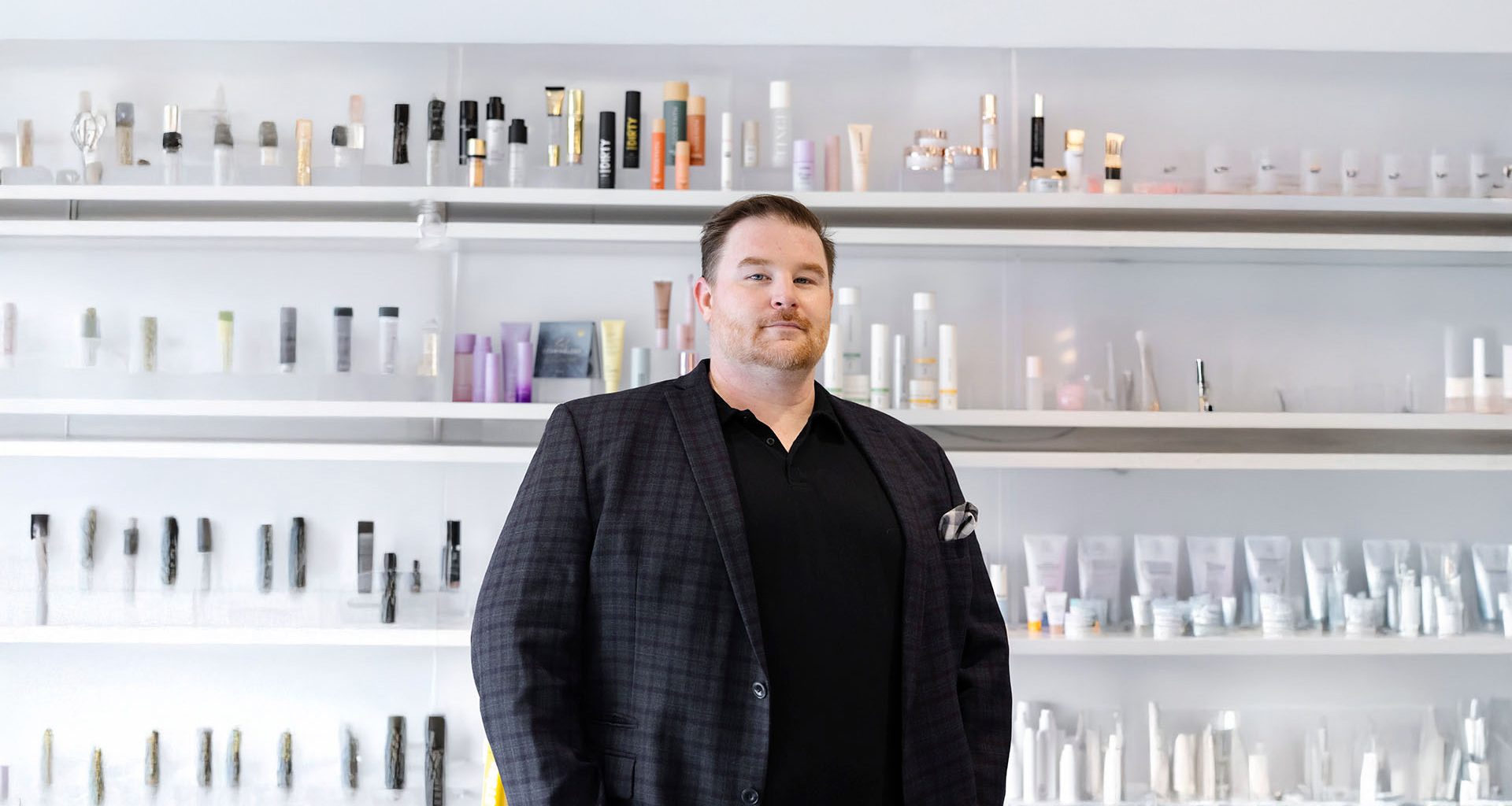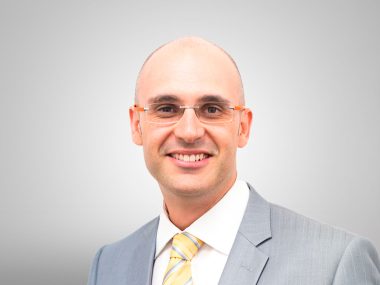Skincare packaging sits at an interesting crossroads these days. Brands want their products to look stunning on shelves, but consumers increasingly care about environmental impact. It’s not always easy to have both, but some designers are finding ways to make it work. Alexander Kwapis, an industrial design expert and VP at FusionPKG, brings unique insights to this intersection of beauty and sustainability, helping brands navigate the evolving landscape of responsible packaging design.
From Industrial Design to Beauty Packaging
Alexander’s path into sustainable skincare packaging started back in design school. “I took a packaging course where we worked on all sorts of things like boxes and containers,” he recalls. “One of the assignments was to design a perfume bottle, and I just fell in love with it. There was something about creating this engineered, beautiful object that someone might keep on their dresser or bathroom counter every day.” That early spark, blending form and function with everyday beauty, set the direction for his career. Today, Alexander works in the beauty industry, applying that same passion to sustainable packaging solutions that are both thoughtful and visually striking.
Decoding Sustainable Packaging Labels
For consumers wanting to make environmentally conscious choices, he offers practical guidance on identifying truly sustainable products. “There are some different organizations that brands use, so consumers can look at EcoVadis as a certification people can get. The Association of Plastic Recyclers often also gives brands that are using packages that can be recycled certain certifications,” he explains. He also points to a simpler method: checking the recycling number. “One of the simple ways is to look at the little triangle with a number inside that you often see on the bottom of the package, that’s indicating the material type and if that material can be recycled.” Understanding these numbers helps consumers make informed decisions, though Alexander notes that the system can be complex. Different materials serve different purposes, and not all are equally recyclable in every location.
Starting with Small, Smart Sustainability Steps
For entrepreneurs entering the skincare space, Alexander emphasizes that sustainability is a journey rather than a destination. “I think that with sustainability, it is a journey for many brands. Some brands, because of maybe the functionality, the cost, the user experience, maybe the compatibility with the formula, they cannot be the most sustainable package in the world. And that’s okay,” he notes. His advice focuses on starting with achievable improvements, particularly using post-consumer recycled (PCR) resin. “This is material that has already been used once before in something else, most likely another package, and then it’s been brought back to the recycling system, washed, reground down and then reused,” he explains. “That’s going to lower your footprint significantly and really show to your consumers that you’re thinking very consciously about the materials you’re using.”
Balancing Aesthetics with Environmental Responsibility
The tension between looking good and being environmentally responsible is real. “It’s hard,” Alexander admits. “There’s a reason why there are many different materials because they do different things.” His team works to find that sweet spot where form meets function meets sustainability. The good news is that sustainable materials have come a long way. “Maybe five years ago it was very common that things that have recycled content would have this oatmeal appearance, that gray color to it,” he recalls. Now the technology has improved dramatically. “We’re able to use recycled resin that is filtered down to a very natural color state. So, when you add white or any bright color that you’re branding with, the package still looks beautiful, it looks bright.”
Adapting to Global Packaging Laws
European regulations are driving change across the industry. “Right now, there is substantial focus on some new regulations out of Europe. There’s this new regulation called the PPWR, and Europe is really leading the charge in being more sustainable,” he explains. These rules will affect US brands too, especially those selling internationally.
Alexander’s final piece of advice gets to the heart of the matter. “It’s really important for a brand to understand where their stance is on sustainability,” he emphasizes. Different approaches work for different companies. “Some brands’ sustainability approach is using glass. Some brands don’t want to use glass because it has a high carbon footprint. Some people want aluminum, some people want plastics to create a circular economy where you can actually recycle things infinitely.” The key is knowing what you stand for, then building your packaging strategy around those values.
Follow Alexander Kwapis on LinkedIn for more insights into sustainable beauty packaging design.











